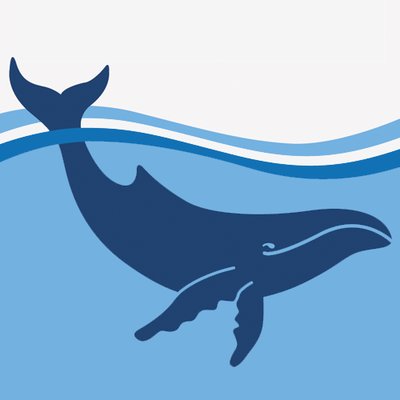The Australian Veterinary Association (AVA) refutes claims made by South Australian Deputy Coroner Anthony Schapel that upscheduling a common veterinary drug will make any substantial impact on the high suicide rates in the profession, asserting that the primary focus should be on addressing the risk factors which lead to suicide.
“Deputy Coroner Schapel is not seeing the forest for the trees, the issue here isn’t accessibility to this drug or any other substance that could be used to commit suicide, the issue here is mental health and addressing the actual risk factors which lead to suicide,” said Dr Julia Crawford, AVA President.
Deputy Coroner Schapel lambasted the federal government last week for not implementing what he considered the “key recommendation” of a 2017 inquiry to upschedule the drug from Schedule 4 to Schedule 8 in the Commonwealth Poisons Standard.
“There are a large number of drugs in any veterinary practice that could be used to lethal effect, restricting one drug will not make any meaningful change,” said Dr Crawford.
The AVA supports regulation requiring the drug to be stored in a locked cupboard, safe or receptacle, but does not support upscheduling the drug to a Schedule 8 poison.
“We have always recommended that veterinary practices should limit access to any potentially dangerous substances by non-veterinary staff, but those most at risk – veterinarians – will still need access to these drugs on a regular basis. Animal welfare could be adversely affected if tighter restrictions delay timely euthanasia of animals in an emergency,” said Dr Crawford.
“The primary source of vet suicide is adverse psychosocial working conditions, and claiming otherwise distracts from the important work we are doing in mental health.”
The AVA identify long working hours, high workloads, poor work-life balance, the attitude of clients and stress about performing euthanasia as prime reasons leading to veterinarian suicide.
“It is not just a suicide issue, many in the veterinary profession suffer from high levels of anxiety, depression, stress and burnout, and high personal expectations due to these risk factors,” said Dr Crawford.
The AVA has resources and programs that aim to address some of these risk factors and to assist with responding when veterinarians or their staff are identified as being at risk or in a crisis situation.
The AVA introduced a Graduate Mentoring Program in 2015 that pairs newly graduating veterinarians with an experienced colleague in another practice. All mentors are given training, including some mental health training to assist with recognising problems in their mentees and how to refer if needed.
The AVA in 2016 rolled out Mental Health First Aid Training to assist practice staff in identifying employees who may be experiencing mental health issues and help them know how to respond and offer assistance and appropriate referral. The goal is to eventually have a Mental Health First Aid Officer in every veterinary workplace in Australia.
Alongside this, there is an AVA counselling line, an AVA HR Advisory service, seminars and lectures around resilience, wellness and mental health issues, individual collegial support where a specific need is identified and many other related programs.
“We love our profession and care deeply for the animals we look after, but we must focus our efforts on improving the working conditions for vets, veterinary nurses and veterinary students. This isn’t an issue that can be solved overnight but we are making good progress,” said Dr Crawford.







